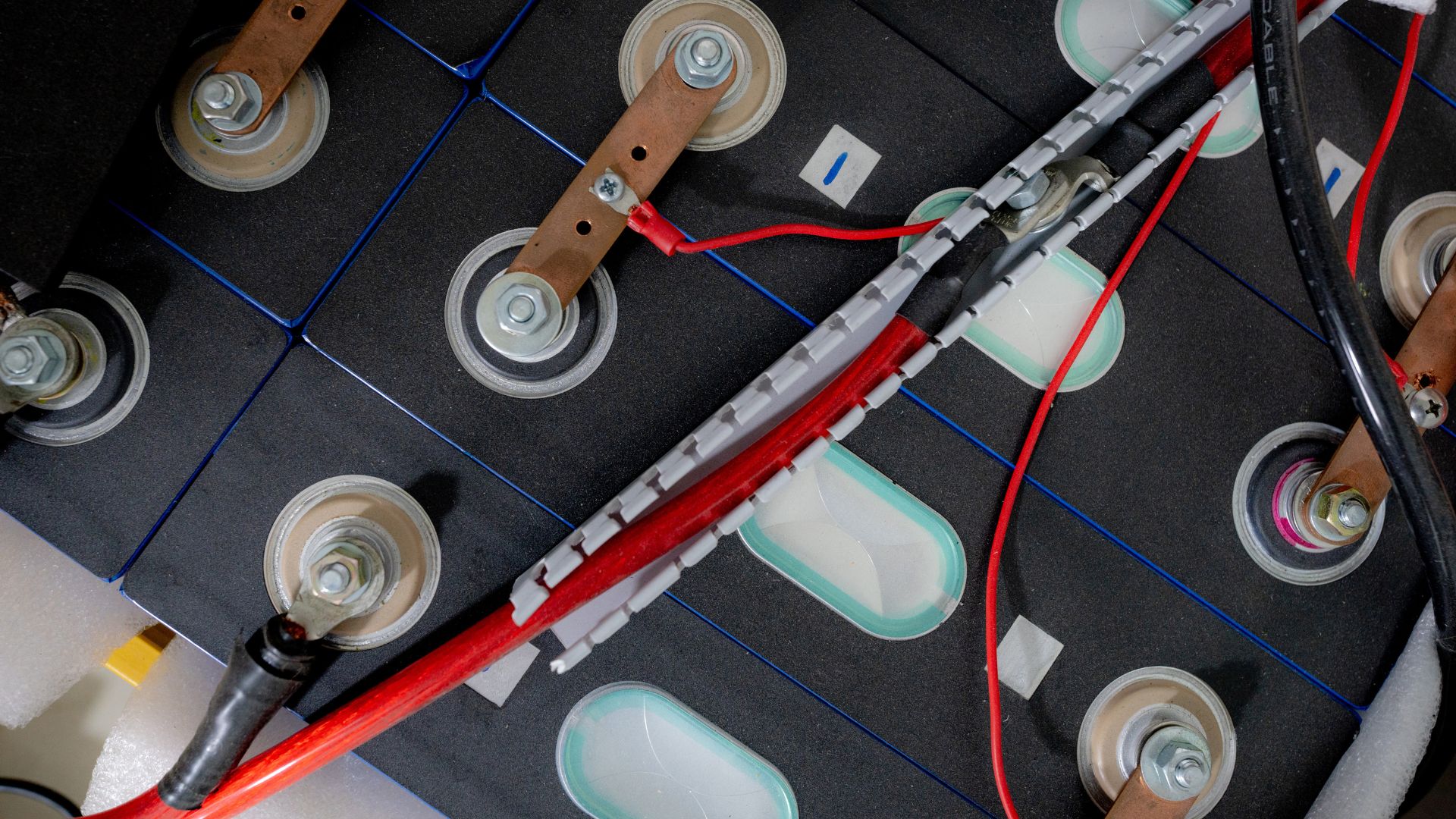A new method developed by scientists from Japan not only boosts the performance of sodium-ion...

A new method developed by scientists from Japan not only boosts the performance of sodium-ion batteries, but also enhances their lifespan. The Na is the sixth most abundant element on Earth and offers greater availability compared to Li-ion batteries.
Deemed as the cost-effective and sustainable alternatives to lithium (Li) ion batteries, the sodium batteries face challenges in some conditions.
The recent study by researchers explores how the design of cathode materials plays a key role in determining battery life and stability.
Layered sodium manganese oxide (NaMnO2) has received increased attention from researchers for its use as a cathode material in Na-ion batteries.
Manganese-based oxides are a promising solution
“Our findings confirm that manganese-based oxides are a promising and sustainable solution for developing highly durable Na-ion batteries,” said Professor Shinichi Komaba from Tokyo University of Science.
“Owing to the relatively low cost of manganese and Na, this research will lead to more affordable energy-storage solutions for a variety of applications, including smartphones and electric vehicles, ultimately leading to a more sustainable future.”
Researchers revealed that NaMnO2 exists in two crystal forms: α-NaMnO2 and β-NaMnO2. The α-phase features a monoclinic layered structure, where planar MnO2 layers, consisting of edge-sharing distorted MnO6 octahedra, are stacked alternatively with Na-ions in between.
β-NaMnO2, on the other hand, features corrugated or zig-zag layers of edge-sharing distorted MnO6 octahedra, also with Na-ions in between. Synthesis of β-NaMnO2 typically requires higher temperatures, often leading to Na-deficient phases, according to a press release.
Severe capacity reduction issue resolved
Researchers pointed out that attempts to prevent Na-deficient phases produce non-equilibrium β-phases that exhibit several defects.
The most notable among these are the stacking faults (SFs), formed by slipping of the crystallographic b-c plane, generating stacking sequences resembling the α-phase.
Electrodes made from SF-containing β-NaMnO2 suffer from severe capacity reduction during charge/discharge cycles, limiting their practical applications. Moreover, SFs complicate the understanding of the material’s solid-state chemistry, according to scientists.
“In a previous study, we found that among the metal dopants, Cu is the only dopant that can successfully stabilize β-NaMnO2,” said Professor Shinichi Komaba from the Department of Applied Chemistry at Tokyo University of Science (TUS).
“In this study, we systematically explored how Cu doping can suppress SF and improve the electrochemical performance of β-NaMnO2 electrodes in Na-ion batteries.”
Published in the journal Advanced Materials, the study revealed that NMCO-12 did not show capacity fading over 150 cycles, indicating that SF-free β-phase is highly reversible and resilient against anisotropic slab gliding and large changes in lattice volume during Na extraction and insertion. These findings highlight the significant impact of Mn-based oxides on Na-ion batteries.
This study also demonstrates that stabilization of SF using Cu doping could resolve the supply chain vulnerabilities that are commonly faced with metals like lithium. Moreover, the study has potential implications in grid storage, electric vehicles, and consumer electronics, as per the release.